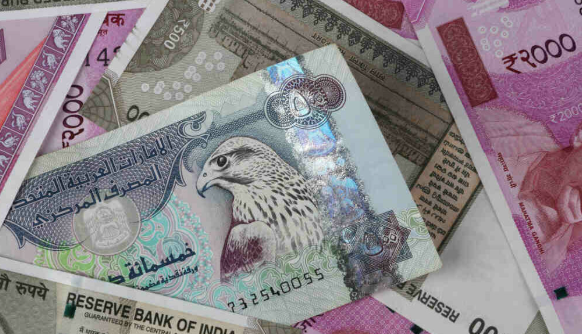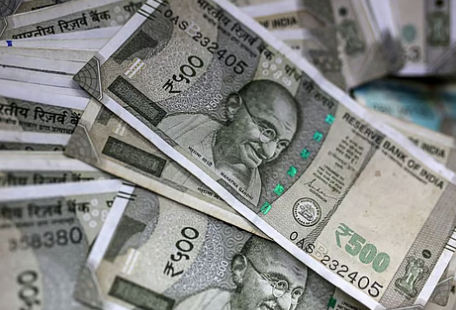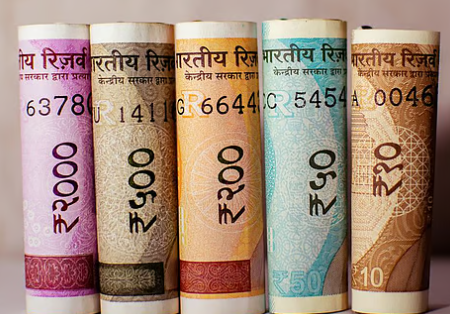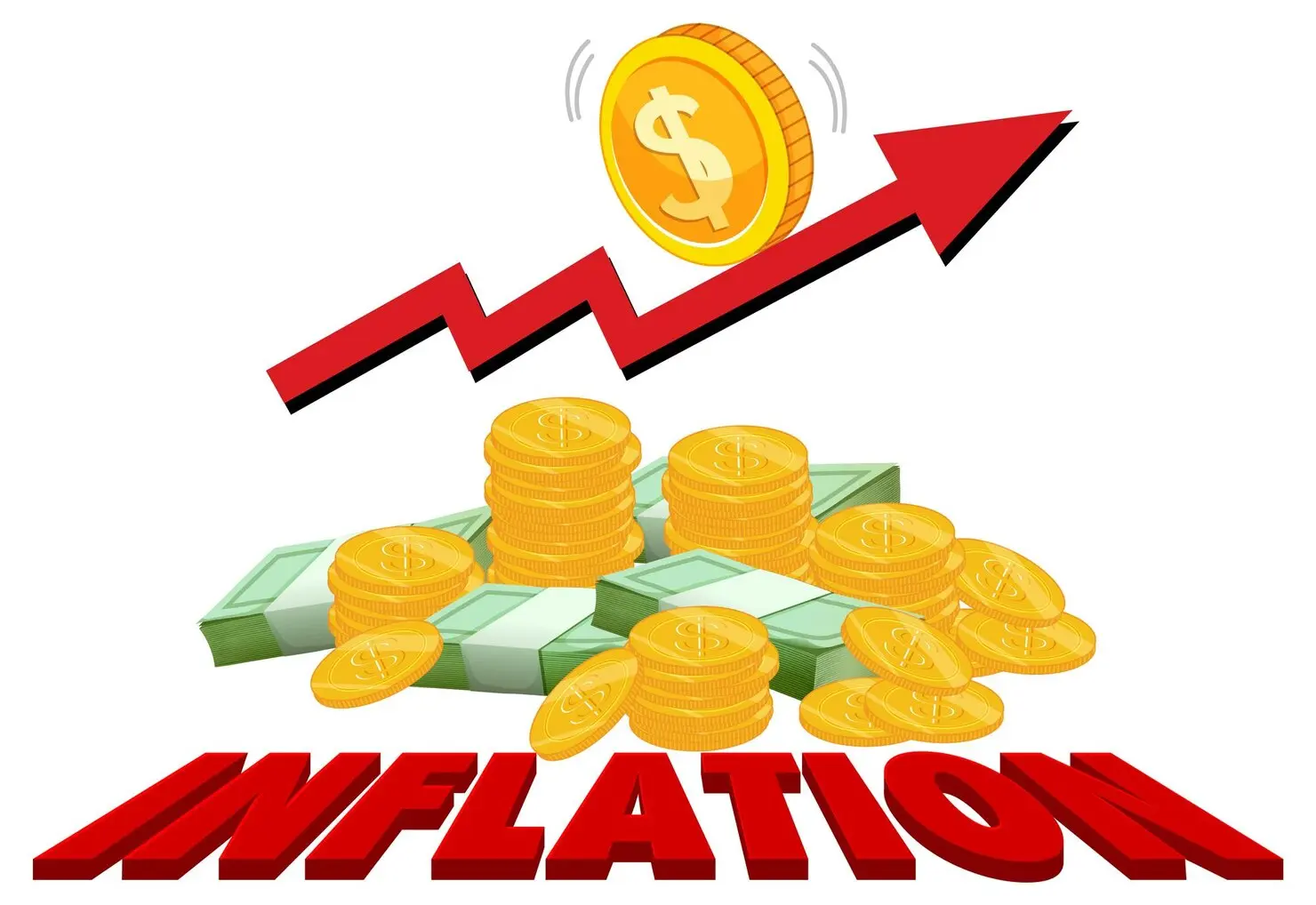August 26, 2025 | Dubai, UAE: The Indian Rupee drops to its lowest level and is now worth 23.88 against the UAE Dirham in nearly three weeks. The United States is about to introduce a 50% tariff on Indian exports starting August 27, which has caused this decline. The fall indicates that the rupee could reach 24 against the dirham for the first time, making it possible for Indian residents living in the Gulf to take advantage of the remittances made before the September festival season is waiting for them to make fresh ones.
Currency experts from all over the UAE agree that the recent change in the INR to AED exchange rate has led to an increase in money transfers of Indian expats. These are mainly those who send money for Onam and other important celebrations. At the moment, the leading fintech platforms such as Botim and Comera are providing rates at 23.82 and 23.85, respectively, while e& is giving 23.84. The exchange houses are pegging rates at around 23.8.

“For the entire month of August, the dirham to rupee was very advantageous for Indian expats,” said Neelesh Gopalan, Treasury Manager at a Dubai based remittance platform. “The level to watch is 23.9. If the Indian rupee drops further to 24, we are looking at a massive increase in the volume of transfers.”
US Tariffs Trigger Market Volatility in Indian Rupee Drops
The immediate cause of the Indian Rupee drops is the implementation of dual US tariffs – a base 25% levy on Indian exports and an additional 25% penalty linked to India’s oil imports from Russia. Indian exporters have already been hit hard by this move, and worries about the overall economic outlook have also been raised.
“Indian firms that are heavily reliant on US exports are already working hard to find ways to counter the impact of these tariffs,” said Subramanian Sharma, founder of Mumbai-based Greenback Advisory Services. “One of the ways we are already witnessing investor wariness is through the $2.4 billion of equity outflows.”

On the stock market, today the Sensex plummeted by 552 points to 81,053, while the Nifty Index lost 164 points ending at 24,804. Analysts attribute the decline to the increased uncertainty caused by the Indian Rupee drops as well as the investors reaction to the forthcoming Goods and Services Tax (GST) overhaul in India.
Despite the pressure, it is still expected that the Reserve Bank of India (RBI) will come to the rescue if the volatility reaches a high level. “We foresee the RBI stepping in to control the situation if the slide becomes too steep,” said Sharma. “Although a temporary violation of 24 in the INR to AED exchange rate may be the case.”
Remittances Expected to Surge as Rupee Weakens
The decreasing exchange rate between the Indian Rupee (INR) and the Indian Dirham (AED) is turning out to be a good opportunity for the Indian expats living in the United Arab Emirates (UAE) to send money back home. Onam celebrations have already pushed up demand for remittances in Kerala and several other major states, and money changers are now getting ready for a massive inflow of transfers for the next two weeks.

“The volume of remittances will be much higher in September,” stated a senior executive of a major UAE currency exchange office. “Festival-related spending is a very important factor every year, but on top of that when the rupee hits almost 24 against the dollar, the number of transactions is almost instantly doubled.”
Several fintech platforms along with exchange houses in the UAE are trying to attract customers with attractive offers and competitive rates that are going to be achieved due to seasonal supply surge. The experts in the field suggest that the customers keep a close eye on the market as small changes in the INR to AED exchange rate can substantially impact large transfers.

In the short term, the atmosphere near the market suggests a decreasing trend, but analysts are optimistic about various mid-term factors that can bring stability to the currency. The scheduled inclusion of the country in the FTSE bond index from September, S&P’s recent credit rating upgrade for India, and Prime Minister Modi’s proposed GST reforms are among the factors likely to provide the needed support.
The Indian rupee drops amid external trade pressures, but long-term fundamentals remain resilient. At the moment, foreign workers in the UAE and Gulf countries consider the present INR to AED exchange rate as a good time to send money home before the holidays. The markets will be watching the decisions of the Reserve Bank of India and the outcome of US-India trade talks to get the feeling of the rupee in the coming weeks.
Also Read: Dubai Property: Indian Buyers Warned Against Using International Credit Cards















